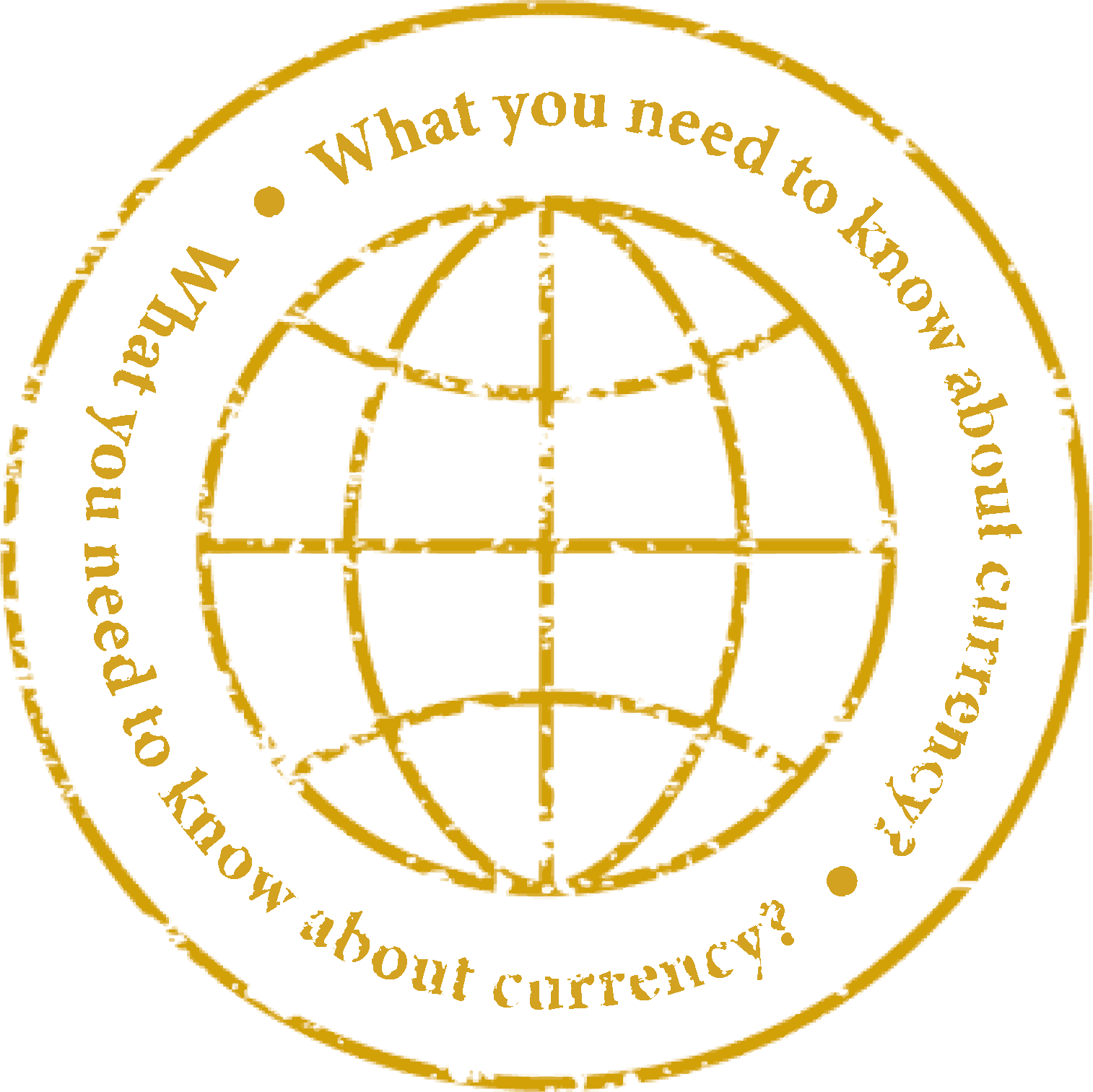- pl
- en
Euro exchange rate
Are you interested in the current exchange rates and the price of the euro? Stay up to date at all times! Below we present the current quotes of the euro in our online exchange.
Euro exchange rate - chart
The chart is updated in real time
Problem with data downloading.
Exchange rate euro in the charts is presented for indicative purposes, based on approximate data and is not of a transactional nature, i.e. it is not part of the website's offer or a proposal to make a transaction.

Euro
According to the ISO 4217 standard, the euro is referred to as "EUR", but the designation "€" is also often used. Even though we have not adopted the common currency in Poland, the euro exchange rate is very important for us because it affects, among others. for loan installments, subsidies for farmers or emigrants' earnings.
Euro currency - what is worth knowing
Currently, the euro is used in 20 European Union countries, which form the so-called euro zone, and is also a means of payment in 11 countries and territories not belonging to the European Union. These are e.g. Andorra, Monaco, San Marino and the Vatican, which treat it as an official monetary unit and can even issue a small amount of their own coins, as well as Montenegro and Kosovo, which adopted the euro currency without the right to issue money.
Interestingly, in EU countries that do not belong to the euro zone, you can sometimes pay with the common currency. The amount to be paid should theoretically depend on the average euro exchange rate at a given moment, but sometimes the euro conversion rate is determined in advance. For example, it may happen that 1 euro in a tourist town will be worth much less than in a regular shop in another city. Individual sellers set rates that are profitable for them as an additional source of margin. This means that the price of the euro at a given point of sale may differ significantly from what the euro costs on the market. The conclusion is that before shopping or exchanging currency at a currency exchange office, it is worth checking the euro exchange rate and relating the price you encounter to it. Knowing the current euro exchange rate will also help you assess the attractiveness of individual currency conversion offers on the Internet and find a place where you will pay the least. Just check how much euros are sold on a given website and whether the operator imposes additional fees.
If we decide to withdraw cash, we will see that all euro coins have an identically designed reverse, showing the map of Europe and the denomination. The obverse shows the national symbols (usually unofficial) of the country that issues the coin.
Euro banknotes, in turn, have a uniform appearance in all countries and come in the following denominations: EUR 5, EUR 10, EUR 20, EUR 50, EUR 100, EUR 200 and EUR 500. They differ from most world currencies in that we do not see images of kings, politicians, scientists or artists on them - they have been replaced with graphics depicting architecture typical of a given era.
Euro - the path to stability
As a result of World War II, the finances of all Europe were seriously shaken. The exchange rates of individual currencies on the Old Continent lacked stability, and fluctuations caused losses and problems related to foreign trade. Although EEC members had already considered establishing a monetary union at that time, the first attempt was made only after the collapse of the Bretton Woods Agreement. The ERM system was then introduced, i.e. the so-called "exchange rate mechanism", aimed at preventing excessive fluctuations in the currencies of member states.
The next and breakthrough step on the way to the creation of the euro was the Maastricht Treaty (1991/1992), under which the European Union was created and the decision on monetary integration was made. in 1995, the name for the new unit of settlement was established - EURO. Four years later, in 11 out of 15 Member States, the euro currency entered non-cash circulation, and in 2002 also for cash settlements. Since then, additional members of the community have joined the monetary union. For Poland, which is not planning such a move, the euro exchange rate at a given moment is still one of the most important factors influencing the trade balance.
Interesting facts about the euro
-
Euro banknotes are a great lesson in European architectural styles. EUR 5 presents the classical style, EUR 10 - Romanesque, EUR 20 - Gothic, EUR 50 - Renaissance, EUR 100 - Baroque and Rococo, EUR 200 - Art Nouveau, EUR 500 - Modernist.
-
In addition to the coins in circulation, a €10 coin has also been issued, although €10 also appears in a banknote. It is a silver coin of significant collector value that can be used as a means of payment.
-
For some, the euro currency symbol is an allusion to its competitiveness against the dollar - two horizontal lines (EUR) versus two vertical lines (USD). The similarity to the letter epsilon may be a reference to ancient Greek culture, on which European civilization is based.

The notification has been enabled
When the exchange rate EUR is lower than you will receive an email to this address
CHF/USD/EUR/GBP without spread !